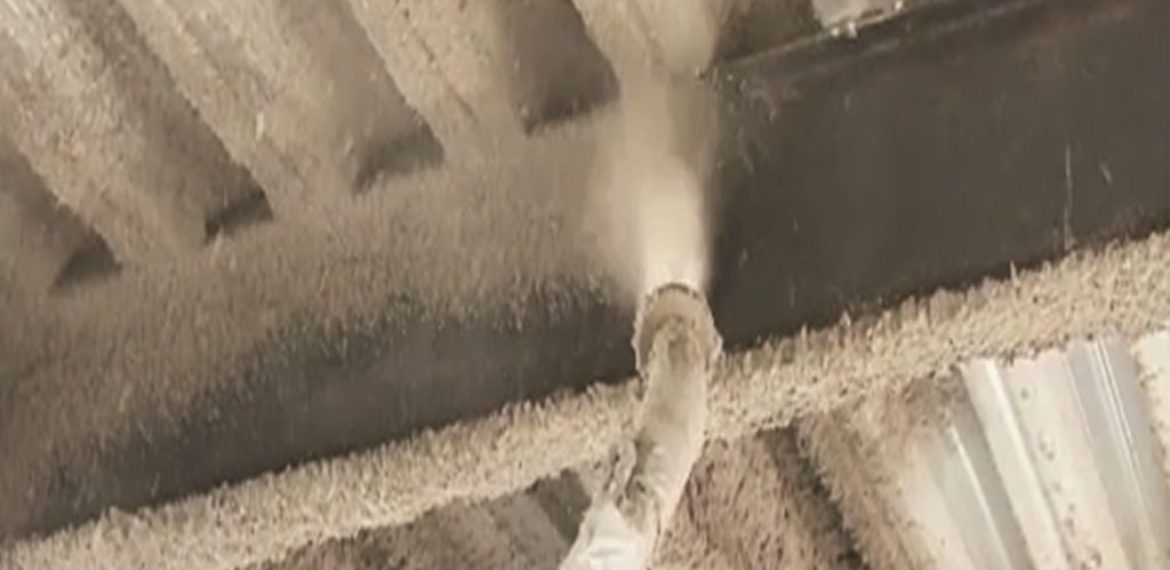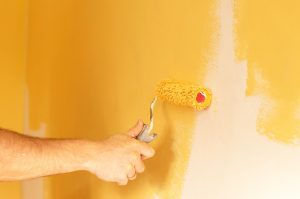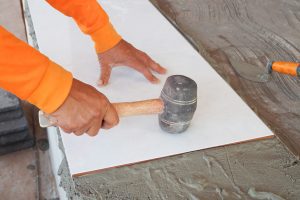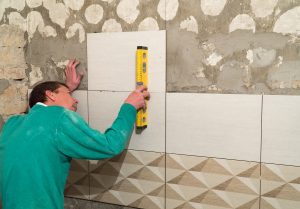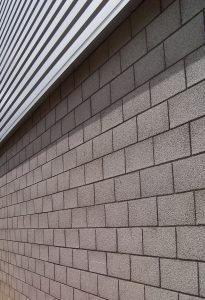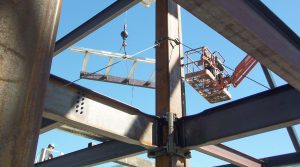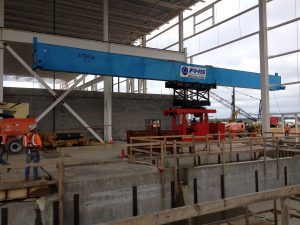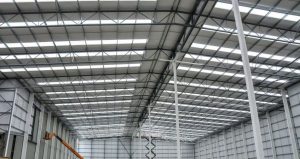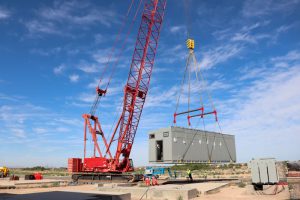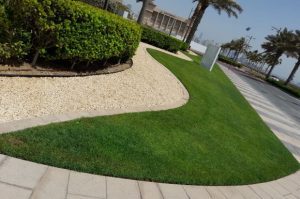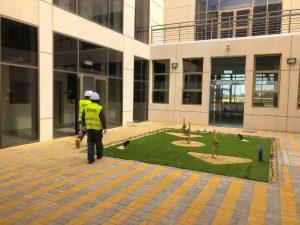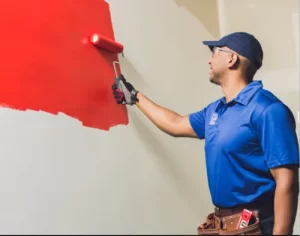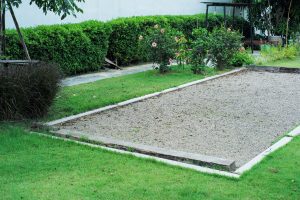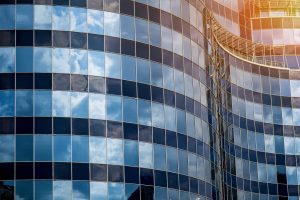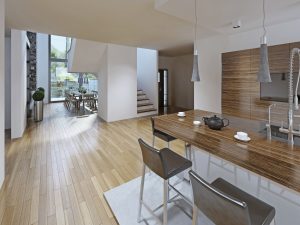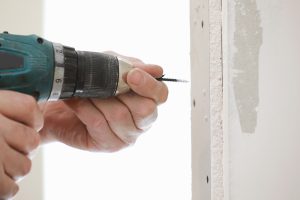It should not come as a surprise that structural steel is the material of choice when it comes to the construction of enormous constructions like skyscrapers and bridges. The steel used in structural applications is not only extremely durable but also recyclable.
But were you aware that it also has an exceptionally high resistance to fire?
The makers of structural steel can choose from a variety of different approaches to fireproofing for the material. Each one operates in a particular manner and is characterized by a unique set of benefits and downsides.
Fireproofing Approaches
Intumescent Coating
Utilizing an intumescent coating is one of the most common approaches to fireproofing a building. The structural steel members receive a fireproof coating from these coatings, which enables them to better withstand the heat that is generated by a fire.
These coatings can increase their thickness by as much as one hundred times and act as a barrier between the steel and the flames. They perform their function by swelling when subjected to high levels of heat.
Coatings made of intumescent material are frequently used on steel that is open to the general public. In addition to that, it is one of the fireproofing technologies that is the most economical.
Flexible Blanket Systems
Flexible blankets are not the same as intumescent coverings in that they are tailored to meet the requirements of certain applications and circumstances. The approach of making use of flexible blanket systems is a workable alternative. Nevertheless, there are not very many manufacturers who employ this strategy.
Flexible blanket systems may alleviate any concerns you may have regarding the conformance of your structural steel to the applicable standards. It acts as a safe buffer between the steel parts and the heat generated by the fire, and it does so without producing any harmful chemicals.
Rigid Board
The fact that rigid board fireproofing may be purchased in a variety of thicknesses is one of its many attractive features.
Another advantageous feature of rigid board fireproofing is that it is simple to install and can be done so concurrently with the installation of steel beams and boards. This feature makes rigid board fireproofing an excellent choice.
Steel boards that have been rigidly fireproofed offer resistance to the effects of dampness. In addition to this, they are fantastic for fireproofing, insulating against heat, and even controlling noise.
It protects against invasions by termites and other kinds of pests, which is an additional advantage offered by this solution.
Concrete
Even while concrete isn’t as often utilized for fireproofing as it once was, enormous portions of steel can still be encased in the material. This approach is successful.
Nevertheless, in comparison to other fireproofing technologies, it requires a significant amount of additional room.
The use of concrete as a fireproofing material also has the additional drawback of not being as visually beautiful as some of the alternative fireproofing solutions. It is utilized most typically in locations where steel fireproofing is required but which do not see significant amounts of foot traffic.
Take Away
Change your mind if you have been under the misconception that steel structures almost never sustain fire damage because it is high time you did so. Steel is not immune to the effects of fire, despite the fact that it is more fire-resistant than other construction materials such as wood. Make sure your building is protected from fire by taking the required precautions.

